Many parents will be only too familiar with the problem of children tossing and turning for hours before they finally go to sleep.
Rather than put up with it, a growing number of families are turning to prescribed melatonin to help children fall asleep. For many it’s a revelation.
“It’s amazing!” said Alison Guille from Beverly Hills in Sydney, whose daughter Mia has struggled with going to sleep for most of her life.
Adults who have trouble getting to sleep or need to reset their body clocks to deal with jet lag or shift work have long sworn by melatonin, a synthetic version of the natural hormone that regulates your sleep rhythm.
Now there’s enough evidence about safety and efficacy that doctors are prescribing it for children too, usually in low doses.
Mia, now 14, has been taking melatonin on and off since she was nine, and also takes medication to manage epilepsy. Rather than take melatonin every night, she saves it for when she’s feeling anxious or has had a bad couple of nights sleep.
Before melatonin, Mia wouldn’t fall asleep until 1am. After melatonin, the transformation was immediate.
“She’d be asleep by 8.30-9 o’clock and sleep right through to seven, it was bloody awesome!” Ms Guille said. “Everything just got better – life’s just better when you’ve had a sleep! It was ruling our lives, it really was, it was horrible.”
There are no official figures about melatonin usage because it’s mostly not on the pharmaceutical benefits scheme, though it’s tightly regulated in Australia by the Therapeutic Goods Association.
But doctors, pharmacists and the wholesalers who supply them are reporting a growing trend. And after a post on social media, Fairfax Media was inundated with stories from parents. A few had tried it and found it didn’t work, but most were raving about how it had transformed their lives for the better.
Professor Harriet Hiscock, a paediatrician at the Royal Children’s Hospital Melbourne, said she had seen increased usage of melatonin for children.
“It’s growing in popularity across both primary-school age and teenage children and there’s some use of it in preschool children as well,” Professor Hiscock said. “The cat’s well and truly out of the bag – parents are good at talking [with each other].”
– Caitlin Fitzsimmons
Read More: ‘Bloody Awesome’: How Melatonin is Helping Children Fall Asleep
Image by Gregory Pappas from Unsplash


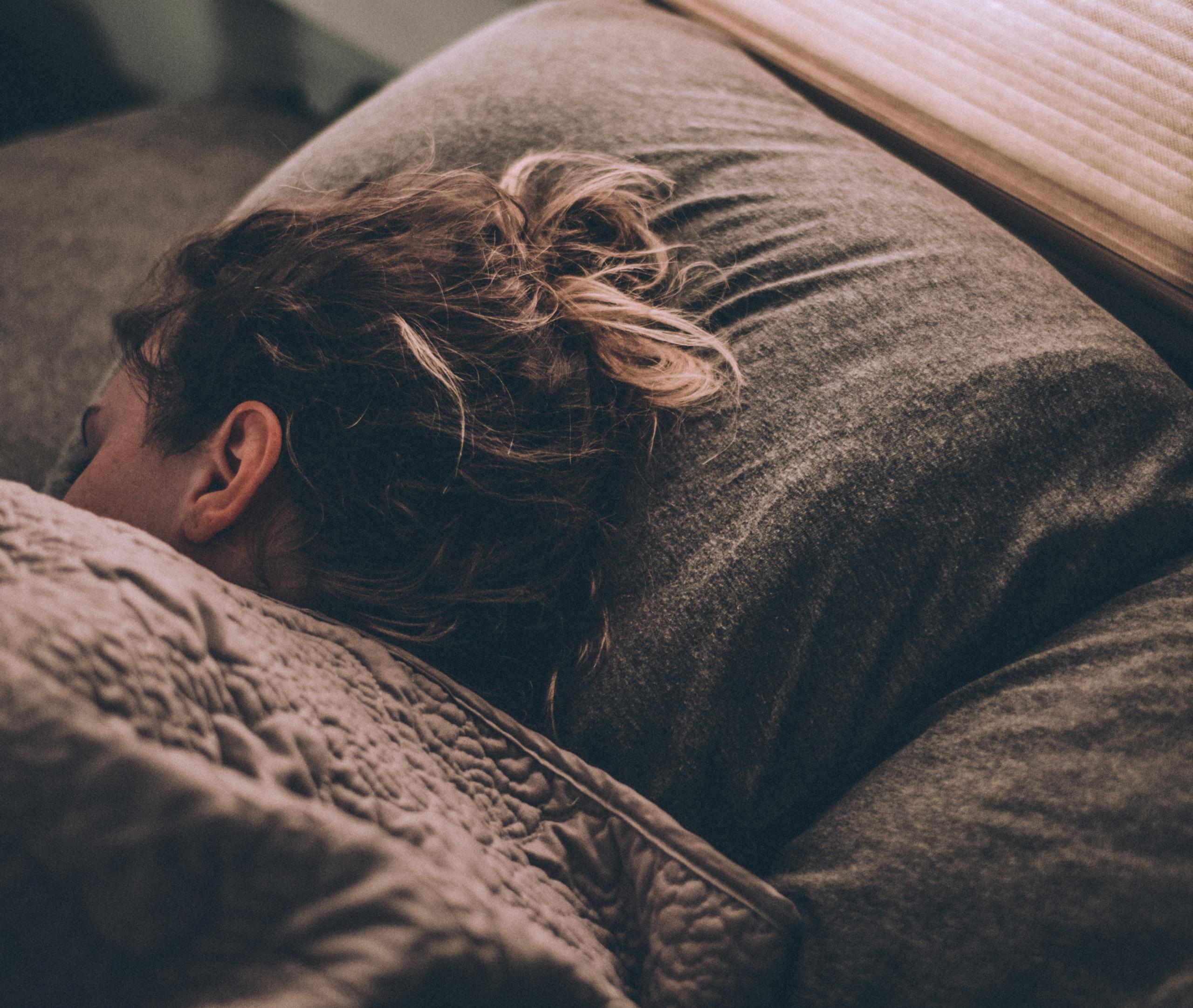
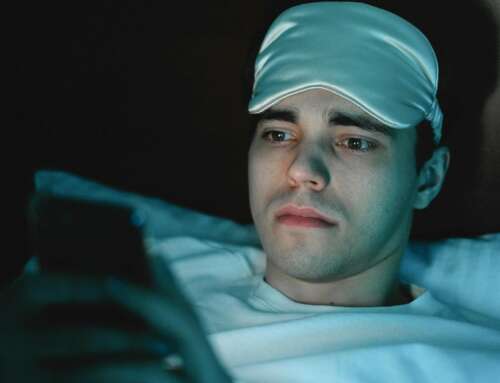
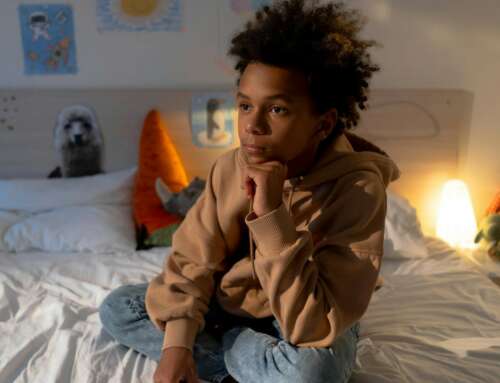
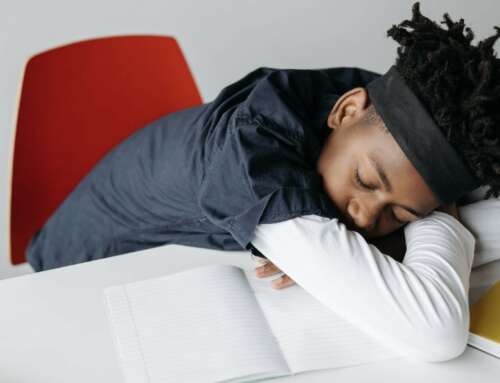
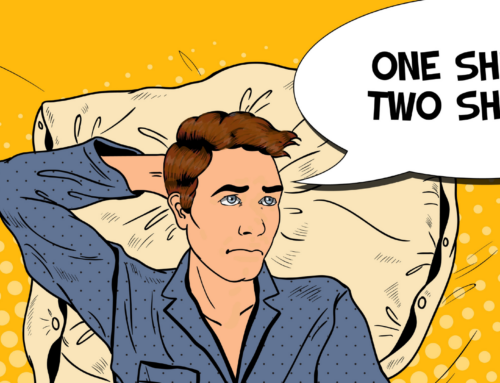
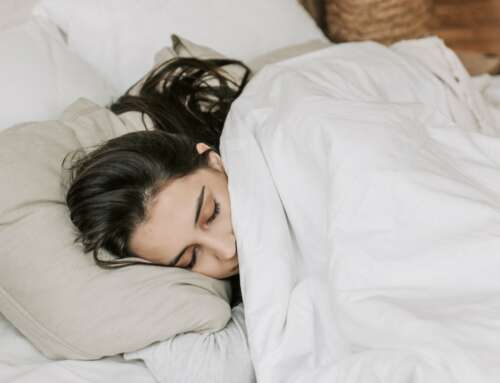
Leave A Comment